LUXURY CAR HIRE INDIA |
| Home | About Us | Our Features | Contact Us | Query | Email | New Tariff | Summer Tariff |
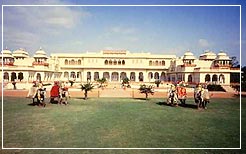 History of Jaipur
History of Jaipur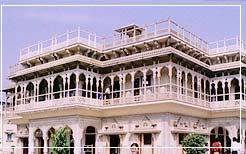 Jaipur would be positively incomplete, without the visit to this majestic Fort of Amber.
Jaipur would be positively incomplete, without the visit to this majestic Fort of Amber.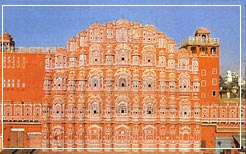 giant honeycomb. The air circulation through windows represents the marvelous touch of Mughal scheming, which keeps the Palace forever cool. The small screened balconies and domed roofs with hanging cornices enhance the beauty of the Palace. The Pyramidal outline and copying of pattern makes it more attractive in look.
giant honeycomb. The air circulation through windows represents the marvelous touch of Mughal scheming, which keeps the Palace forever cool. The small screened balconies and domed roofs with hanging cornices enhance the beauty of the Palace. The Pyramidal outline and copying of pattern makes it more attractive in look. 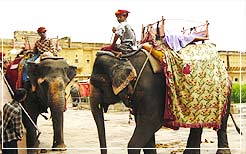 FAIRS AND FESTIVALS
FAIRS AND FESTIVALS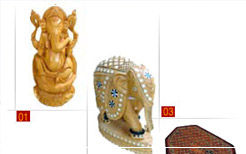 Jaipur Handicrafts: Handicrafts of Jaipur are well known all through the world for their characteristic quality and exclusive variety. Due to this fact, Jaipur is also familiar as crafts capital of India. The Royal Family of Jaipur patronizes the craftsmen and artisans, which led to the successful of arts and crafts in Rajasthan. If you are an art fan, Markets of Jaipur offer rich and an assortment of handicrafts of importance.
Jaipur Handicrafts: Handicrafts of Jaipur are well known all through the world for their characteristic quality and exclusive variety. Due to this fact, Jaipur is also familiar as crafts capital of India. The Royal Family of Jaipur patronizes the craftsmen and artisans, which led to the successful of arts and crafts in Rajasthan. If you are an art fan, Markets of Jaipur offer rich and an assortment of handicrafts of importance.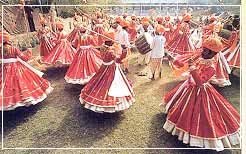 Jaipur Culture: Jaipur is a land of cultural heritage unfolding the legacy of the royal past. When you are planning to visit Jaipur, it is important to know about the culture, customs and traditions that are followed there. However, Jaipur has joined the parade of metropolitan cities; still there are some traditions and customs in the city, which you will find quite surprising.
Jaipur Culture: Jaipur is a land of cultural heritage unfolding the legacy of the royal past. When you are planning to visit Jaipur, it is important to know about the culture, customs and traditions that are followed there. However, Jaipur has joined the parade of metropolitan cities; still there are some traditions and customs in the city, which you will find quite surprising. | Area: | 200.4 sp. Km |
| Geographic Location: | Jaipur is located at 26.92 degrees N and 75.82 degrees E. |
| Attitute: | 431 m above sea level Three main seasons – summer, monsoon, winter |
| Climate: | Summer (March to June) Winter (November to February) Monsoon (July to September) |
| Maximum Temprature: | |
| Minimum Temprature: | |
| Rainfall: | 555 mm Approx |
| Languages: | Rajasthani,Hindi and English |
| Religion: | Hinduism is the major Religion observed here, other religions include islam, jainism, Sikhism and Christinity, |
| Best time to Visit: | Winter |
| STD Code: | 0141 |
| Home :: About Us :: Our Features :: Contact Us :: E mail :: Query |
|
|
|
|
|